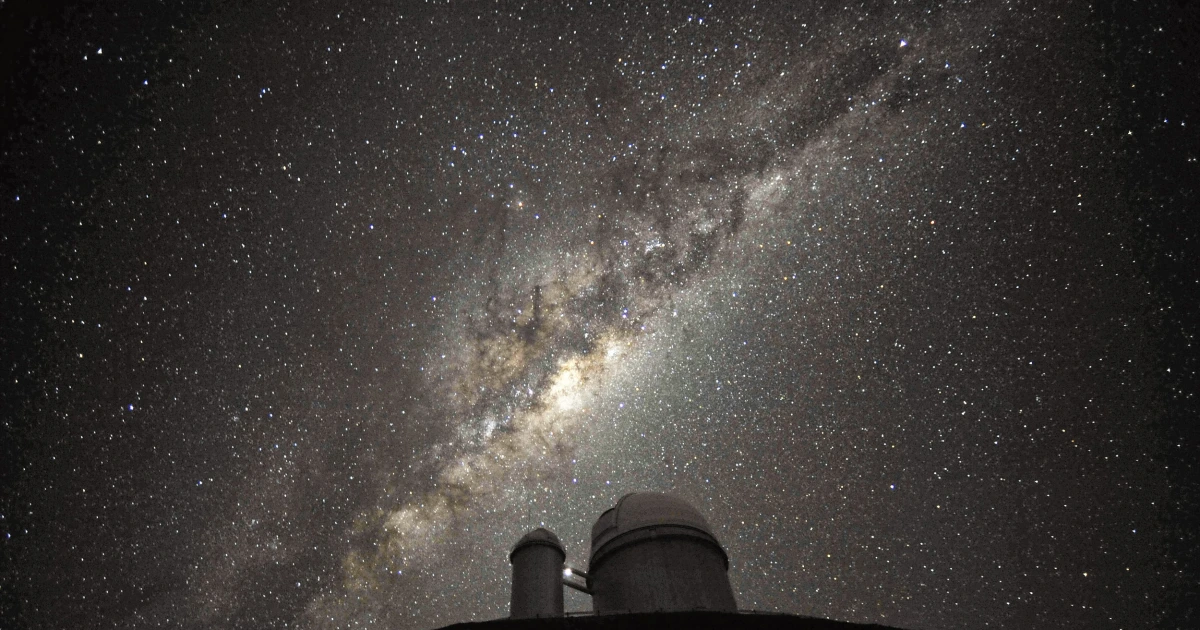In a groundbreaking discovery, early results from the Dark Energy Spectroscopic Instrument (DESI) hint at a potential slowdown in the universe’s accelerated expansion. This revelation challenges existing models of cosmology and deepens the enigma surrounding dark energy, suggesting that there may be crucial gaps in our understanding of the cosmos.
Situated atop a telescope at the Kitt Peak National Observatory in Arizona, DESI has embarked on a mission to unravel the mysteries of dark energy, which is believed to constitute around 70% of the universe. By meticulously mapping the positions of galaxies and quasars stretching back up to 11 billion years, DESI aims to shed light on the dynamics driving the universe’s evolution.

The early findings from DESI’s survey, announced at conferences in the United States and Switzerland, have already unveiled a wealth of data. The instrument’s ability to observe 5,000 galaxies simultaneously has facilitated the creation of the largest-ever 3D map of the universe, providing astronomers with unprecedented insights into its structure and evolution.
What sets DESI‘s observations apart is their potential to reveal fluctuations in the universe’s expansion rate over time. While scientists have long understood that the universe has been expanding since the Big Bang, the discovery of its accelerated expansion in the late 1990s introduced a new layer of complexity. Dark energy emerged as the leading explanation for this phenomenon, with the cosmological constant representing a key component of prevailing models.
However, DESI’s early results suggest that dark energy may not behave as uniformly as previously thought. Instead of maintaining a constant rate of expansion, the universe’s growth may be exhibiting signs of deceleration in recent epochs. This unexpected deviation challenges established theories and prompts scientists to reconsider the nature of dark energy and its role in shaping cosmic evolution.
If confirmed, this discovery could have far-reaching implications for our understanding of the universe. It may necessitate revisions to existing cosmological models and theories, potentially requiring the introduction of novel concepts or particles to account for observed phenomena. Moreover, it underscores the dynamic and evolving nature of the cosmos, urging scientists to remain vigilant in their pursuit of knowledge.
While these early findings are promising, further data from DESI and complementary instruments will be essential to validate and refine these observations. Nonetheless, this glimpse into the universe’s enigmatic workings serves as a reminder of the boundless mysteries that await exploration and the enduring quest for understanding that drives scientific inquiry.
